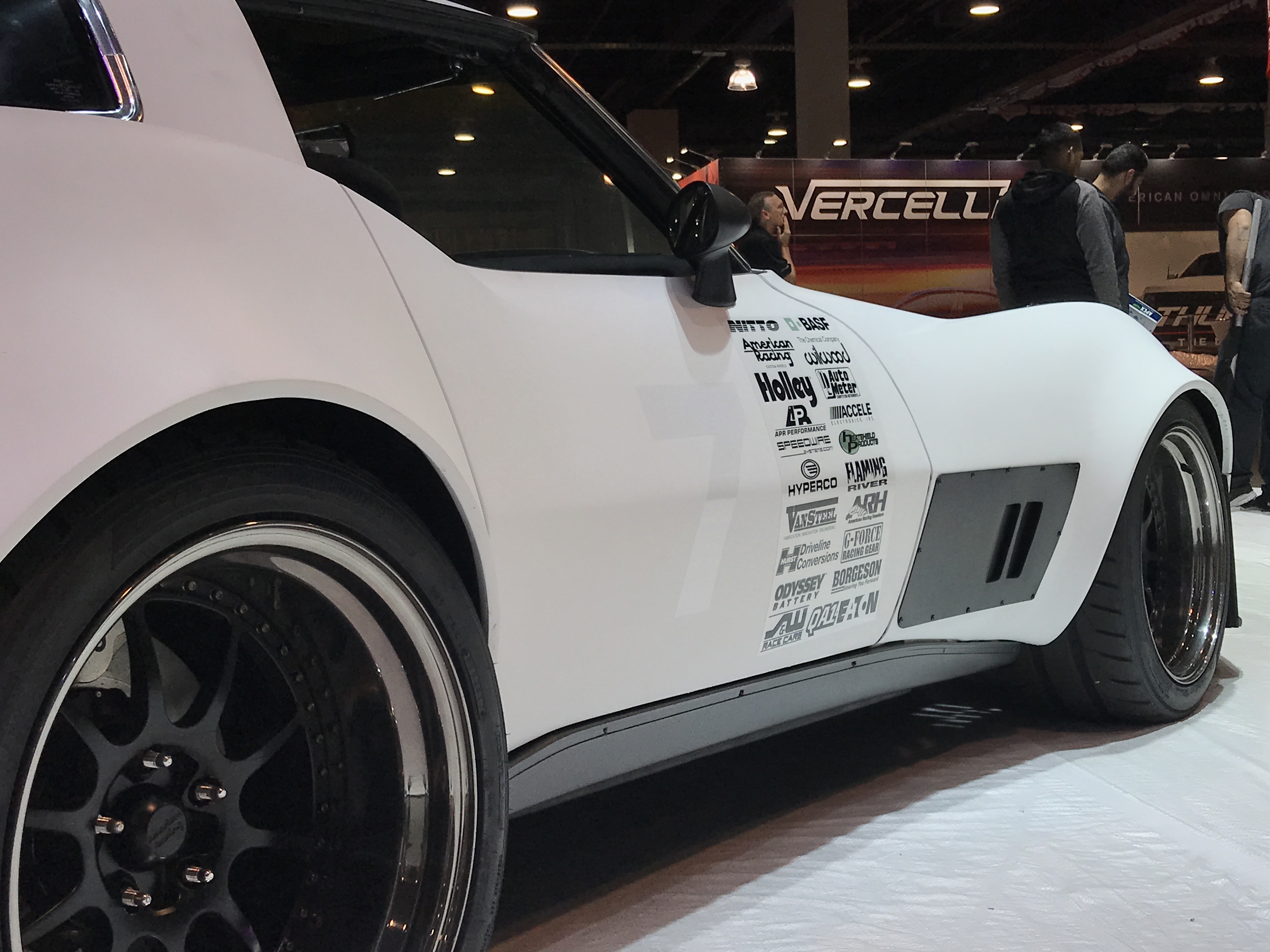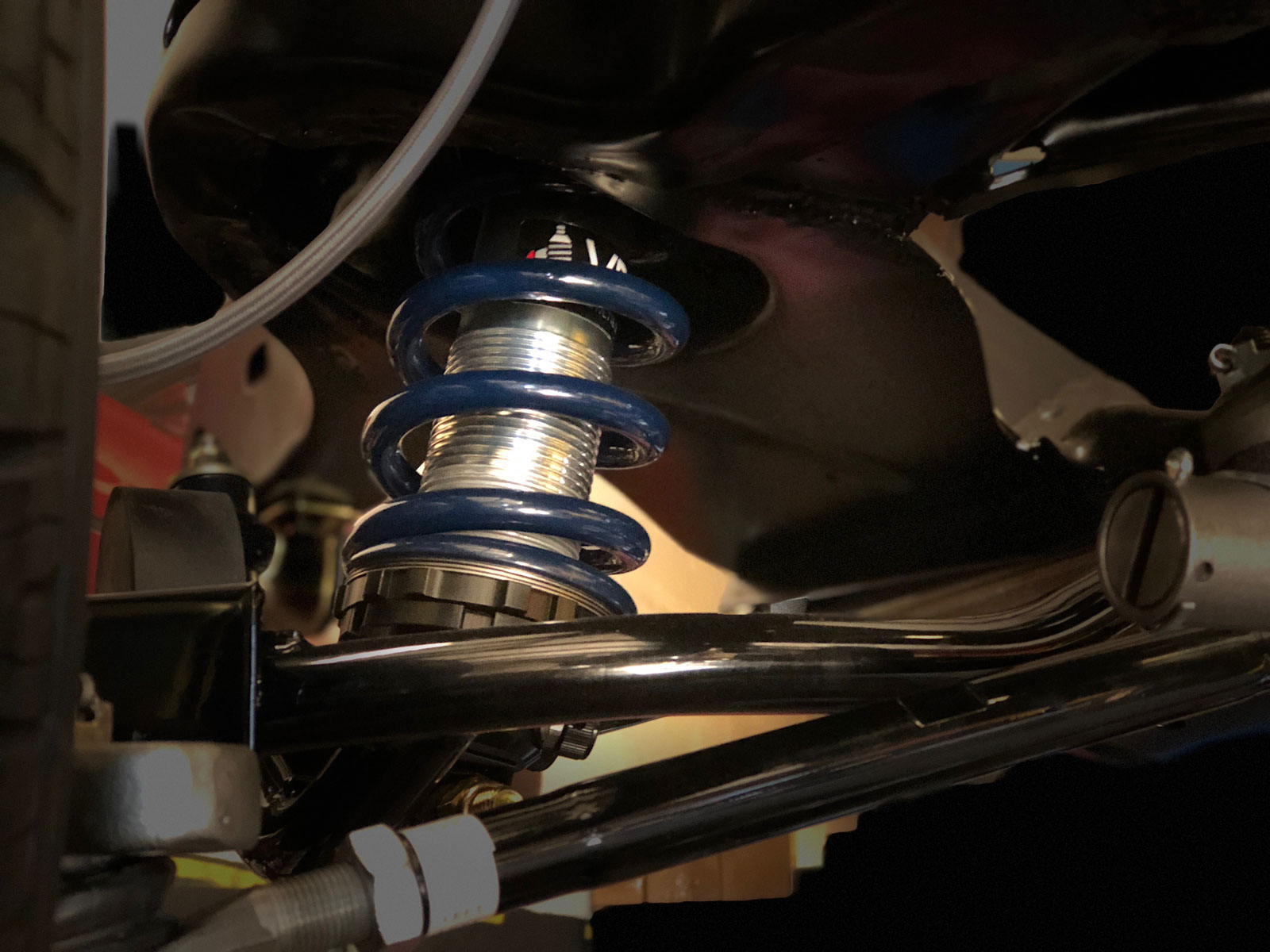
Coilover Vs Composite Springs
Are coilovers just for race cars? Do you really need a new rear composite spring for your Corvette? We’ll dive into the pros and cons of each to help you decide the best route for your driving style.
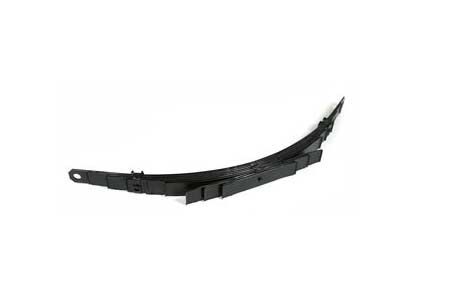
For composite springs, they are an easy way to update your stock style chassis with a better riding AND handling Corvette. The composite achieves this by being able to flex equally in both compression and rebound. A steel spring is always fighting against itself when rebounding back up and therefore has rebound built in. With that, most factory replacement shocks have compression and little to no rebound valving in the shock to maintain as good a ride quality as possible. Factory steel leaf springs ran from 180lbs to 330 lbs with higher rates available for track usage.
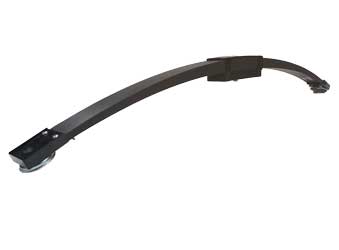
A 330 lb composite spring will hold up the rear of the Corvette much better under cornering and hard acceleration than the 9 leaf 180lb steel spring, yet ride much better. A 360 composite spring is the advanced street, drag setup, high horsepower and light track spring rate. This rate will ride better than a 7 leaf 330lb steel spring, plus give you much better performance. When looking at a 300lb composite spring, this will be for smooth riding and a mild increase in handling. Shortened composite springs are only for wheel and tire clearances. No matter how you use your Corvette, when not wanting to change your trailing arms, a composite spring is a quick and easy way to upgrade the rear suspension.
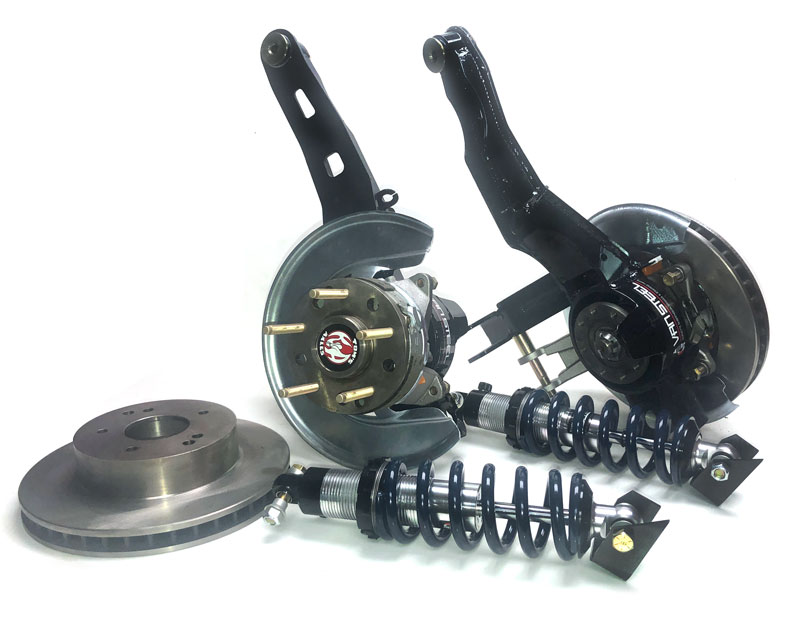
For rear coilovers, these are a great option when wanting or needing to replace your rear trailing arms. Coilovers allow for wider wheel and tire options when not using a rear sway bar or using a Van Steel offset rear sway bar. With rear coilovers you don’t have to worry about spring clearances at all. Our small block spring rates are ideal for the street and are tuned for excellent ride quality. For high horsepower Vette, spirited driving, track or drag race usage, the big block spring rates are a must. The 600 lb rear springs reduce squat under hard acceleration or cornering keeping the car planted and moving forward quickly. With proper tuning, they are still quite enjoyable on the street although they are a firm ride quality.
Both systems allow for approximately 1-1.5″ drop in the rear. The coilover kit applies a better spring rate right at the wheel. A coilover kit is much easier to change spring rate if you change how you drive your car. We’ve had many a customer order a small block spring rate and find themselves auto crossing or going to the track. Then the big block spring rates are a much better setup. A quick and easy spring swap and you’ve upgraded your suspension again. For a composite spring, you’d have to replace your entire spring or at least upgrade the shocks.
So it all comes down to how far do you want to go with your rear suspension and how much do you want to spend. A coilover kit provides a modern approach to spring rates, ride quality and upgraded trailing arms. A composite spring is a quicker, easier and cheaper way to make your corvette ride or handle better when matched with proper shocks.
